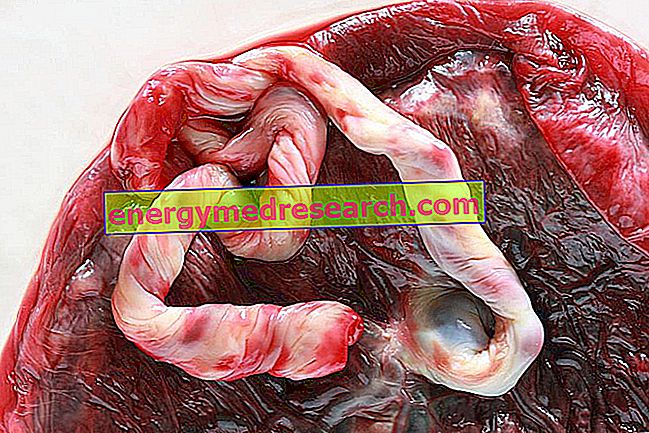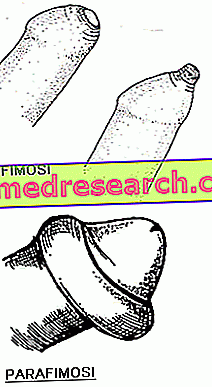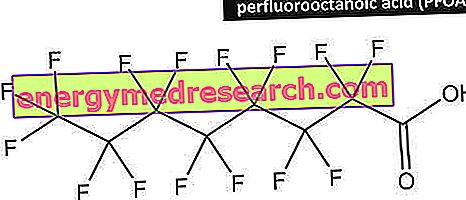
Bone marrow transplantation, also known as hematopoietic stem cell transplantation, is the medical procedure by which a damaged bone marrow is replaced with a healthy bone marrow, in order to restore normal blood cell production.
It is a delicate, complex treatment that is only performed under certain conditions; among these, we note in particular: an optimal patient's state of health (in spite of the illness that afflicts him) and the impracticability (because ineffective) of any other alternative treatment.
Usually performed in cases of aplastic anemia, leukemia, non-Hodgkin's lymphoma and genetic blood diseases, bone marrow transplantation can be allogeneic or autologous . Allogeneic means that the bone marrow comes from a compatible donor; autologous, on the other hand, means that the bone marrow is taken directly from the patient to be treated (NB: what is collected must be subjected to particular treatments).
The sources of hematopoietic stem cells used for transplants can be:
- The bone marrow present at the level of the iliac crests . The iliac crest is the upper margin of the iliac bone, or the main hip bone. In the human being they are two and represent, for decades, the classic collection point of hematopoietic stem cells.
What is taken can be used both for an autologous transplant and for an allogeneic transplant.
- The peripheral blood previously subjected to a particular pharmacological treatment, which favors the production of hematopoietic stem cells and their passage into the peripheral blood itself. In fact, readers should be reminded that the blood circulating normally in our veins does not contain stem cells.
Reserved for allogeneic bone marrow donations, this method is based on the use of a machine capable of temporarily collecting donor blood, in order to extract only hematopoietic stem cells ( apheresis ).
- Amniotic fluid at the time of birth . Hematopoietic stem cells, taken in this manner, can be used for an autologous transplant or an allogeneic transplant.
- The umbilical cord and / or the placenta, adequately preserved after birth. At the time of birth, a large number of hematopoietic stem cells are contained in the umbilical cord blood and in the placenta.
To limit the use of these two resources is the low amount of blood present: this makes the method more suitable for children than for adults.



